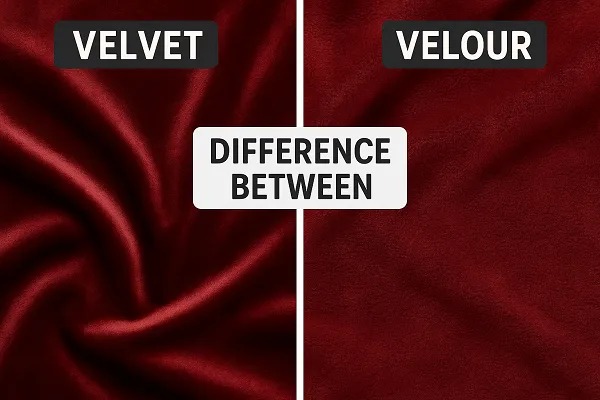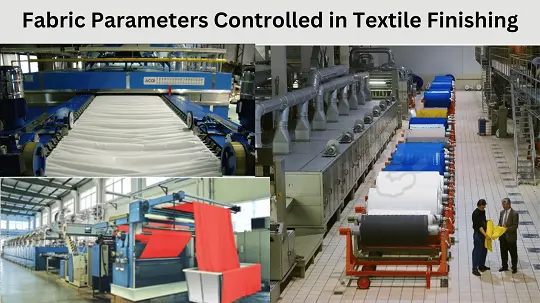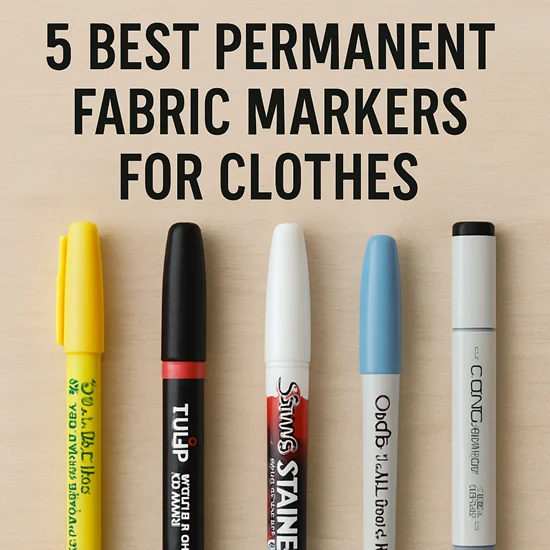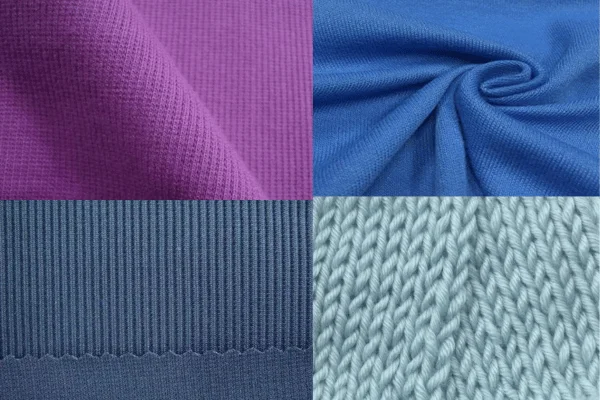Difference Between Velvet and Velour Fabric: Detailed Comparison
When it comes to luxurious, soft, and plush fabrics, velvet and velour come to mind. Here, not to get confused about the differences. By name, it sounds similar to a type of fabric, but actually not. This article presents the Difference Between Velvet and Velour Fabric, Velvet vs Velour Fabric.
What is Velvet Fabric?
Velvet is a sumptuous Woven fabric known since time immemorial for its royal treatment, glamour, and haute couture. Its velvet smooth pile establishes its mere presence, a shiny, rich fill of hues, and literally reflects light on its own. It finds preferment in evening wear, upholstery, drapes, and interiors.
The earliest form of velvet was basically woven from silk; today, mixed types of velvet aim to make the fabric less expensive by using polyester or rayon. It must be treated carefully due to its plush texture. The fabric does have its drawbacks in terms of breathability, though. It thus fits better in cool weather.
What is Velour Fabric?
A velour fabric has a plush association with luxury and comfort. It is a knit fabric created by weaving loops, followed by shearing of the loops to obtain even pile formation on one side, giving velour that soft feel with a suggestion of light reflection; perfect for fashion and home textiles.
The very remarkable sort of fabric speaks cozy warmth for claddings and, complementing its rich look, for evening sorts, or sometimes costumes. Actual velour is apt for soft furnishings, upholstering, curtains, and stage drapes, mainly because it looks expensive while being great for absorbing sound. In fashion or interior decoration, velour speaks comfort with a brush of grandeur.

Difference Between Velvet and Velour Fabric
Here is the list of differences between Velvet and Velour Fabric in the following:
| Aspect | Velvet | Velour |
| Fabric Type | Woven fabric | Knit fabric |
| Origin | Ancient (traced back to Middle Ages, often associated with royalty) | Modern (developed in the 19th-20th century as a cheaper alternative) |
| Fiber Composition | Traditionally silk; now also made from rayon, polyester, nylon, or blends | Typically cotton or polyester blends |
| Surface Texture | Smooth, rich, and more lustrous | Soft, plush, but less shiny |
| Pile Type | Short, dense, upright pile (woven loop cut evenly) | Loop pile cut after knitting; softer and stretchier |
| Shine/Luster | High sheen and reflective finish | Less sheen, more matte appearance |
| Stretchability | Minimal to no stretch | High stretch due to knit construction |
| Weight | Heavier and more structured | Lighter and more flexible |
| Drape | Structured drape, elegant flow | Softer, more relaxed drape |
| Durability | Durable but delicate due to pile direction | Durable, more resistant to wear and tear |
| Comfort | Luxurious feel but less breathable | Very comfortable, soft, and breathable |
| Warmth | Offers warmth but can trap heat | Offers moderate warmth and breathability |
| Ease of Sewing | Difficult to sew due to slipping and pile crushing | Easier to sew because of knit structure |
| Uses | Evening wear, upholstery, drapes, luxury items | Tracksuits, casual wear, stage costumes, loungewear |
| Cost | More expensive (especially silk velvet) | Generally cheaper and more accessible |
| Maintenance | Often requires dry cleaning | Usually machine washable (check label) |
| Pile Direction Sensitivity | Direction matters for cutting and sewing | Less sensitive but still noticeable |
| Availability | Less common and more high-end | Widely available in ready-to-wear markets |
| Feel | Smooth and cool to the touch | Soft, warm, and cozy |
| Wrinkle Resistance | Somewhat resistant | More wrinkle-resistant due to stretch and knit |
| Shrinkage Risk | Lower (if synthetic) | Higher (especially cotton-based velour) |
| Shedding/Lint | Minimal shedding if well-made | May pill or shed over time |
| Stretch Recovery | Little to none | Excellent stretch recovery |
| Ideal For | Formal and decorative purposes | Casual and performance-based clothing |
| Bled With | Silk-cotton, polyester-rayon. | Cotton-polyester, polyester |
Conclusion
So finally, we understand there are Differences Between Velvet and Velour Fabric. Velvet vs Velour is made clear in this article. Fabric type, physical properties, and features are different from each other.



